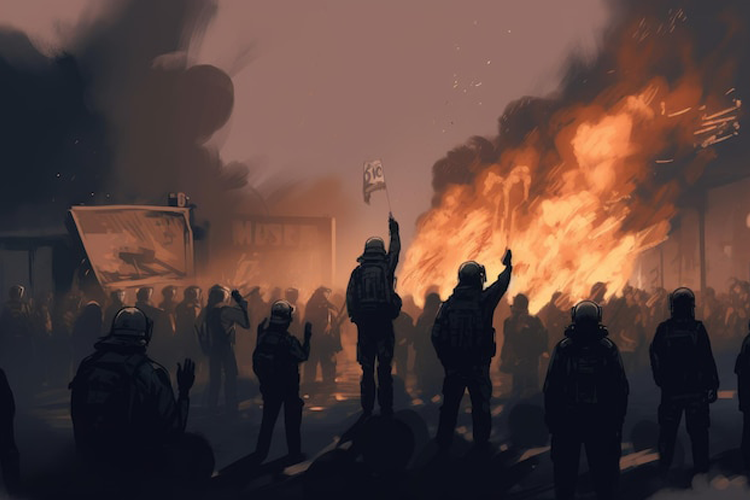Gaza Political Dynamics
Introduction
The Gaza Strip is a small piece of land on the eastern coast of the Mediterranean Sea, bordering Israel and Egypt. It has been under the control of the Palestinian Authority (PA) since 1994, following the Oslo Accords. However, since 2007, Gaza has been in a state of political turmoil. Hamas, a militant group, took control of the territory after a violent conflict with the PA. The situation in Gaza has been a major concern for the international community, and the rejection of the PA by Gazans has been a significant factor in the ongoing political dynamics of the region.
The Role of Hamas
Hamas is a militant group that has been the dominant political force in Gaza since it took control of the territory in 2007. It is classified as a terrorist organization by many countries, including the United States and Israel. Hamas has a complex relationship with the PA, which is seen by many Gazans as corrupt and ineffective. Hamas has rejected the legitimacy of the PA and has refused to recognize Israel’s right to exist, which has led to international isolation and economic sanctions.
The Impact on Regional Stability
The ongoing conflict in Gaza has had a significant impact on regional stability. The rejection of the PA by Gazans has led to a divided Palestinian leadership, which has weakened the Palestinian negotiating position in peace talks with Israel. The conflict has also led to violence and instability, with frequent rocket attacks by Hamas on Israeli towns and cities, and Israeli military responses that have resulted in civilian casualties in Gaza.
The Potential for Reconciliation
Despite the ongoing conflict, there have been efforts to promote reconciliation between Hamas and the PA. In 2017, Hamas agreed to dissolve its administrative committee in Gaza and to allow the PA to take over responsibility for governing the territory. However, the implementation of the agreement has been slow, and there is still a lack of trust between the two sides. The international community has played a role in promoting reconciliation, with Egypt mediating talks between Hamas and the PA.
FAQs
- Q: Why do Gazans reject the Palestinian Authority?
- A: Gazans reject the PA because they see it as corrupt and ineffective. They also view the PA as collaborating with Israel, rather than fighting for Palestinian rights.
- Q: What is the role of Hamas in Gaza?
- A: Hamas is the dominant political force in Gaza and has rejected the legitimacy of the PA. It has also refused to recognize Israel’s right to exist, which has led to international isolation and economic sanctions.
- Q: How has the conflict in Gaza impacted regional stability?
- A: The conflict in Gaza has led to a divided Palestinian leadership, weakened the Palestinian negotiating position in peace talks with Israel, and led to violence and instability in the region.
Conclusion
The rejection of the Palestinian Authority by Gazans has been a significant factor in the ongoing political dynamics of Gaza. Hamas, a militant group, has taken control of the territory and has rejected the legitimacy of the PA and Israel’s right to exist. The conflict has had a significant impact on regional stability, leading to violence and instability. However, there is still potential for reconciliation between Hamas and the PA, and the international community has a role to play in promoting stability and peace in the region. Ultimately, a lasting solution to the conflict in Gaza will require a commitment to dialogue, compromise, and respect for human rights and international law.



